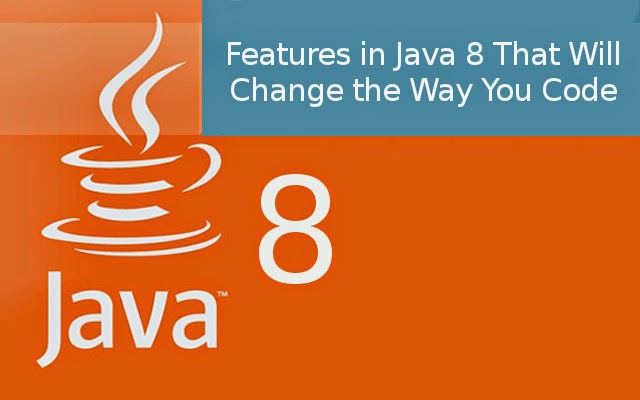Along
with the conventional application, Java is nowadays also being used for
creating enterprise, mobile and Cloud apps. So developers have to rely
on Java Enterprise Services to deliver rich user experience. In a
multi-tiered environment, the components of Java 2 Platform, Enterprise
Edition (J2EE) can be installed on several client systems. However, the
features of these J2EE components are completely different from standard
Java program features. Further, a developer needs to use the Java
Enterprise APIs to support a variety of network services and distributed
computing technologies. So each developer must be familiar with the use
of different Java APIs to use those as a building block to create
robust enterprise applications.
Widely Used Java Enterprise APIs that Each Developer Needs to Know
Java Database Connectivity (JDBC): The
Java Enterprise API is used by developers to work with relational
database systems. But the API is independent of other vendor-specific
APIs defined by specific database systems. Along with sending SQL query
and update statement to the server, JDBC further allows the application
to retrieve and iterate the results send by the server. Further, it
provides Meta information related to the database and its tables. A
custom driver needs to be implemented to make the application
communicate with individual database server products.
Remote Method Invocation (RMI): As
a programming model, RMI provides a high-level approach to distributed
client-server computing. An enterprise application can use RMI to
communicate with the server by invoking methods on objects that reside
on the server. But the methods can be invoked by using the syntax for
invoking local methods. Despite being comprehensive, the Java RMI
implementation is both simple and easy-to-use. But it requires both
client and server to be implemented using Java.
Common Object Request Broker Architecture (CORBA) Distributed Objects: The
CORBA-based solution is used to invoke remote methods when the client
and server are not implemented in Java. CORBA is also used as a standard
by the packages and sub-packages of Java 2 platform in the
org.omg.CORBA. The interface for CORBA objects are further described by
the Interface Description Language (IDL) that is independent of both
language and platform. A developer can also use Java implementations of
the CORBA standard launched by Sun and other vendors.
Java Naming and Directory Interface (JNDI): The
Java Enterprise API makes it easier for developer to work with
networked directory and naming services. They can use the API to access
name servers and directory servers, and look for data or objects base on
their names or a set of specific attribute values. However, JNDI is not
specific to any specific name or directory server protocol. As a
generic API, JNDI can be used with a wide variety of name or directory
servers.
Java Message Service (JMS): Most
developers use the Java Enterprise API to work with networked messaging
services. The API further allows them to write message-oriented
middleware (MOM). However, message, in context of JMS, refers to a chunk
of data that is transferred from one system to another. So the
programmers can use messages as event notifications readable across
systems. However, the JMS is a vendor-specific messaging service. So the
developers have to install a JMS provider according to their message
servers.
Java Transaction API (JTA): Normally,
the distributed transactions make distributed enterprise systems more
complex and complicated. The Java Transaction API is designed to help
programmers in managing distributed transactions efficiently. As it
works seamlessly with transaction services, it becomes easier for
programmers to define individual Java bindings for each standard XA API
for distributed transactions. Thus, the enterprise application can use
the specific service to coordinate between different distributed
transactions.
The
individual as well as enterprise developers rely on API-based access to
Enterprise Java data and services. These APIs further make it easier
for the developers to build mobile and Cloud applications. So it becomes
essential for programmers to understand how to manage these API
processes efficiently. You can get in touch with a Java web application development companies who can help you develop web apps that are stable, scalable and secure.
We provide java web development services. If you would like to hire offshore java developers for your development needs, please contact us Mindfire Solutions.

